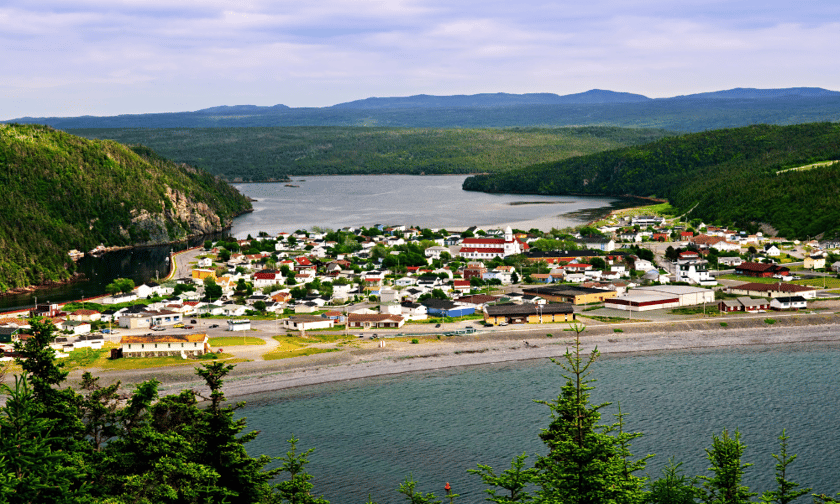

Rising sea levels due to climate change pose a growing threat to Canada’s coastal communities, with an estimated 3.9 million Canadians living in areas that may be severely impacted by coastal flooding by the end of the century.
A new study from MyChoice Financial, Inc. has highlighted the urgent risks facing coastal dwellings nationwide. It estimated that at least 11,814 dwellings in Canada are expected to be flooded, with many more likely to be impacted, particularly in regions where sea levels are predicted to rise by more than one meter.
According to the World Meteorological Organization (WMO), global sea levels have accelerated over the past 30 years, from an average of 2.13 mm per year between 1993 and 2002 to 4.77 mm per year between 2014 and 2023. The report attributed this increase to climate change, with the thermal expansion of oceans and the melting of glaciers and ice sheets.
The MyChoice study, which analyzed data from the National Collaborating Centre for Environmental Health and Statistics Canada, focused on areas at risk from rising sea levels, particularly those with dwellings below one meter in elevation.
British Columbia is expected to experience the greatest impact, with an average sea level rise of 127.4 cm by 2100. Around 3.18 million people live in communities vulnerable to coastal flooding, and at least 3,190 homes within 10 km of the coastline at a one-meter elevation are at risk.
Nova Scotia, facing a higher average sea level rise of 159.3 cm, has approximately 508,114 residents living in at-risk areas, with 2,231 dwellings also vulnerable to flooding. In Quebec, despite a smaller coastal population of 12,190 in at-risk communities, an average sea level rise of 156 cm threatens at least 1,968 dwellings.
Here is how other provinces sit, according to the report:
|
Province |
Average predicted sea level rise by 2100 (in cm) |
|---|---|
|
British Columbia |
127.4 |
|
Northwest Territories |
116.8 |
|
New Brunswick |
145.2 |
|
Newfoundland |
149.0 |
|
Nova Scotia |
159.3 |
|
PEI |
149.2 |
|
Quebec |
156.0 |
Matt Roberts, chief operating officer of MyChoice, stressed the importance of awareness in these communities: “Our study underscores the urgent need for Canadians, especially those in coastal areas, to be aware of the risks posed by rising sea levels. Beyond the environmental and safety concerns, there are significant financial implications. Homeowners need to understand their insurance coverage and take proactive steps to protect their properties from potential water damage.”
Robert advised homeowners to implement preventative measures, such as installing sump pumps and backwater valves, to reduce the risk of property damage.
To address these growing concerns, the Canadian government has launched an expanded coastal flooding prediction and alert system. The system, which now includes the Pacific, Atlantic, and Arctic coasts, uses modelling and a coastal flood risk index to forecast potential flooding events.
MyChoice said expansion allows meteorologists to issue risk ratings and provide public forecasts on storm surges, large waves, and high tides.
Do you have something to say about the recent findings? Share your thoughts in the comments below.
